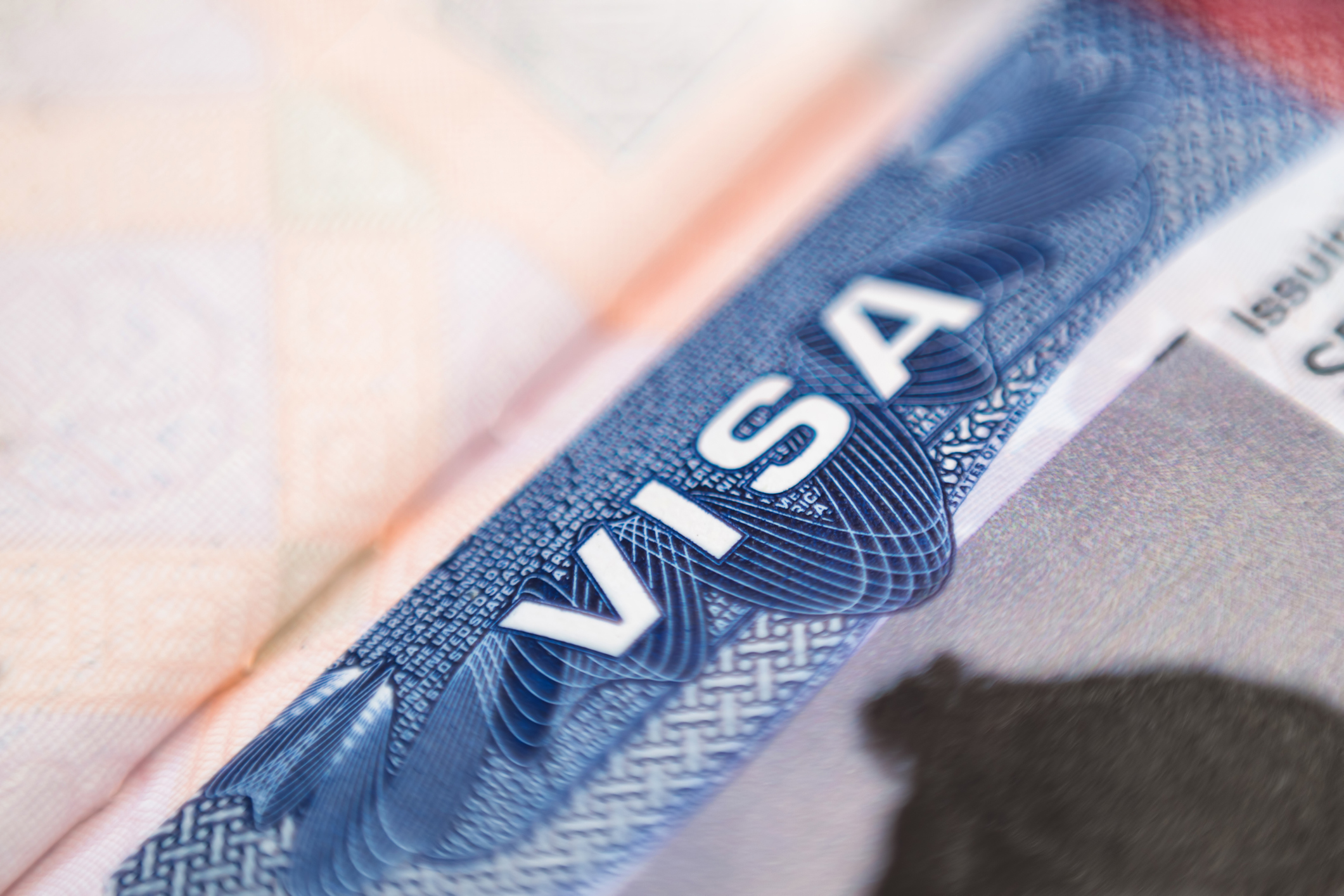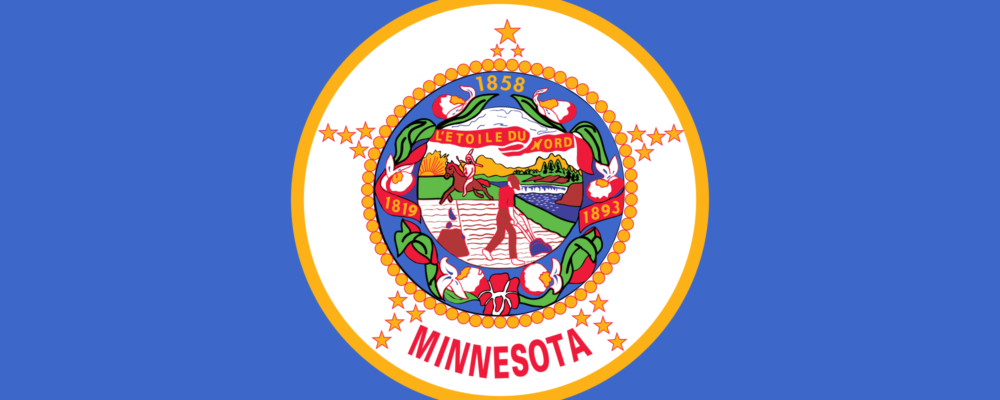The release of selections occurred less than a week after the conclusion of the H-1B cap registration period. This year’s H-1B lottery selections were conducted over a span of five days and concluded on April 1, 2024, when USCIS announced that it had received enough electronic registrations for unique beneficiaries during the initial registration period.
Quick Hits
- USCIS has yet to disclose the total number of H-1B registrations received for the FY 2025. The final rule, announced on January 30, 2024, has been incorporated into the H-1B FY 2025 lottery process, affecting how selections are made.
- Individuals not selected in this year’s H-1B lottery may be able to explore alternative options for continued employment authorization in the United States.
This year’s cap was highly anticipated, marking the first H-1B lottery conducted after USCIS’s announcement of its implementation of new safeguards and restrictions. These were detailed in a final rule published on January 30, 2024, aimed at “strengthen[ing] the integrity of and reduc[ing] the potential for fraud in the H-1B registration process.” A key objective was to ensure equal selection chances for each beneficiary, irrespective of multiple registrations submitted for them. Under this rule, the selection process was refined to focus on “unique beneficiaries” instead of registrations. This new selection methodology is intended to reduce the number of fraudulent registrations by ensuring that each registrant beneficiary has the same chance of selection, regardless of the number of registrations submitted on their behalf. In order to implement this process, USCIS required all registrants to provide passport information or a travel document.
Selected Registrants
For selected registrants, the H-1B petition filing period commenced on April 1, 2024, and it is set to conclude on June 30, 2024.
- The earliest H-1B start date for applicants selected in the FY 2025 H-1B lottery is October 1, 2024.
- For the first time, USCIS has introduced the option for online filing of H-1B cap petitions, alongside the existing paper filing method. The USCIS noted that during the initial launch of online organizational accounts, “users will not be able to link paper-filed Forms I-129 and I-907 to their online accounts.”
- “Cap gap” extension: Selected applicants who are currently on OPT or STEM OPT expiring prior to October 1, 2024, may qualify for a “cap gap” extension. This provision applies to F-1 students who are the beneficiaries of an H-1B cap petition with a timely request for change of status. The cap gap period begins when the F-1 student’s employment authorization expires, and, unless terminated, ends on September 30.
Nonselected Registrants
For registrants not selected in the initial process, it’s important to note that their status in the system will remain as “submitted” until USCIS confirms that it has received a sufficient number of petitions to meet the H-1B cap for FY 2025.
Registrants not selected in the FY 2025 H-1B lottery may still have several alternative options to maintain their work authorization in the United States. Some of these options include the following, as set forth below.
Curricular Practical Training (CPT)
F-1 nonimmigrant students may be eligible for employment authorization through CPT if they are lawfully enrolled as full-time students at U.S. Immigration and Customs Enforcement (ICE) Student and Exchange Visitor Program (SEVP)–certified schools and have completed at least one full academic year of study or are in their first semesters, if pursuing a graduate or higher degree program. CPT employment must be through an alternative work/study, internship, cooperative education, or other internship/practicum that is based on a cooperative agreement with the F-1 student’s school. The employment must directly relate to the student’s major field of study and it must be an integral part of the school’s established curriculum. An F-1 student may obtain CPT authorization for multiple employers, but the student can only begin working after CPT is authorized by the school’s designated school official (DSO). Individuals who work for one year or more pursuant to full-time CPT are not eligible for post-completion optional practical training (OPT) at the same education level. CPT is not a visa status and does not provide any status or work authorization for dependents.
Optional Practical Training (OPT)
Individuals in F-1 nonimmigrant status may be eligible for OPT employment authorization if they are employed in a role that is directly related to their major field of study. There are two types of OPT: (1) pre-completion OPT, and (2) post-completion OPT. Pre-completion OPT may be available for F-1 students enrolled at an ICE SEVP-certified school who have been lawfully enrolled for at least 1 full academic year. Individuals may be authorized to work up to twenty hours per week while school is in session and up to forty hours per week while school is not in session. Post-completion OPT may be available for F-1 students who graduated from an ICE SEVP-certified school. Individuals working pursuant to post-completion OPT must work at least twenty hours per week. Individuals may be permitted to work pursuant to OPT for up to twelve months including both pre-completion and post-completion OPT. OPT is not a visa status and does not provide any status or work authorization for dependents.
STEM OPT
Non-selected registrants currently work-authorized pursuant to OPT may be eligible for STEM OPT if they received a qualifying STEM degree from a U.S. institution of higher education and their employer is enrolled in E-Verify. This option provides qualifying beneficiaries with a twenty-four-month (two-year) Employment Authorization Document (EAD).
E-3
The E-3 category provides a nonimmigrant visa option for Australian nationals working in a specialty occupation. E-3 beneficiaries may be granted employment authorization for up to two years, with the option to extend indefinitely (subject to some exceptions). Dependent spouses and children may qualify for E-3S or E-3Y status, respectively. E-3S spouses are eligible for work authorization and are considered employment authorized incident to status.
H-1B With a Cap-Exempt Employer
Individuals working in a specialty occupation may be eligible for H-1B status without being selected in the H-1B lottery if they are employed by a cap-exempt employer. Employers that may be exempt from the H-1B cap requirement include qualifying higher education institutions or related nonprofit entities, nonprofit research organizations, and government research organizations. Cap-exempt H-1B visa holders may be eligible for employment authorization for an initial period of up to three years, with the option to extend in three-year increments. Cap-exempt H-1B visa holders may be permitted to remain in H-1B status for up to six years, with exceptions to extend beyond the six-year period if certain requirements are met. Spouses and children of cap-exempt H-1B visa holders may be eligible for H-4 status. H-4 spouses are not authorized to work unless certain conditions are met by the primary H-1B visa holder.
H-1B1
The H-1B1 category provides a nonimmigrant visa option for individuals working in a specialty occupation who are nationals of Chile or Singapore. This visa category was established pursuant to free trade agreements with Chile and Singapore and permits H-1B1 visa status for up to 1,400 qualifying Chilean nationals and 5,400 qualifying Singaporean nationals each year. Individuals in H-1B1 status may be granted initial employment authorization for up to one year, and they may extend their status indefinitely (subject to some exceptions). Dependent spouses and children may qualify for H-4 status. H-4 spouses of H-1B1 visa holders are not authorized to work unless certain conditions are met by the primary H-1B1 visa holder.
L-1
The L-1 category may be available to individuals who have been employed outside the United States by a foreign company with a qualifying relationship to the U.S. employer for at least one continuous year in the three years preceding the individual’s admission to the United States. The individual must have been employed in a qualifying role outside the United States and must be working in a qualifying role within the United States. Individuals working in an executive or managerial role in the United States may be qualified for L-1A status. Individuals working in a specialized knowledge role in the United States may be qualified for L-1B status. Individuals in both L-1A and L-1B status may be granted initial employment authorization for up to three years, with the option to extend in two-year increments. Individuals in L-1A status may be permitted to remain in the United States for up to seven years, and individuals in L-1B status may be permitted to remain in the United States for up to five years. Dependent spouses and children may be granted L-2S and L-2Y statuses, respectively. L-2S spouses are eligible for work authorization and are considered employment authorized incident to status.
O-1
The O-1 category provides a nonimmigrant visa option for those beneficiaries “who possess extraordinary ability in the sciences, arts, education, business, or athletics … and have been recognized nationally or internationally for those achievements.” To qualify, the petitioner and beneficiary must establish that the beneficiary has demonstrated “extraordinary ability by sustained national or international acclaim” and is typically defined as those who have “arisen to the very top of their field.” The O-1 category provides initial employment authorization in the United States for up to three years, with the option for extensions. Additionally, dependents of O-1 visa holders may qualify for O-3 nonimmigrant visa status, allowing them to reside in the United States; however, the O-3 category does not provide work authorization.
TN
The TN category, established under the North American Free Trade Agreement (NAFTA), and succeeded by the United States-Mexico-Canada Agreement (USMCA), is designated for Canadian and Mexican citizens who meet specific professional qualifications within certain occupational categories. The USMCA outlines these qualifying professions, which include, but are not limited to, engineer, accountant, computer systems analyst, mathematician, lawyer, and research assistant. Beneficiaries awarded TN status may be granted employment authorization for an initial period of up to three years, with the option for renewals. Dependent spouses and children may be granted TD status, but are not authorized to work under this classification.
Next Steps
USCIS has yet to announce if there will be additional selection rounds for the FY 2025 H-1B lottery process, and there has been no indication of plans to conduct such rounds. Ogletree Deakins’ Immigration Practice Group will continue to monitor developments and will publish updates on the Immigration blog as additional information becomes available.
Follow and Subscribe
LinkedIn | Instagram | Webinars | Podcasts
“Ogletree Deakins has experienced professionals in all areas of labour and employment law who provide efficient, client-focused service. We represent employers of all industries and sizes, from small businesses to Fortune 50 companies.”
Please visit the firm link to site






